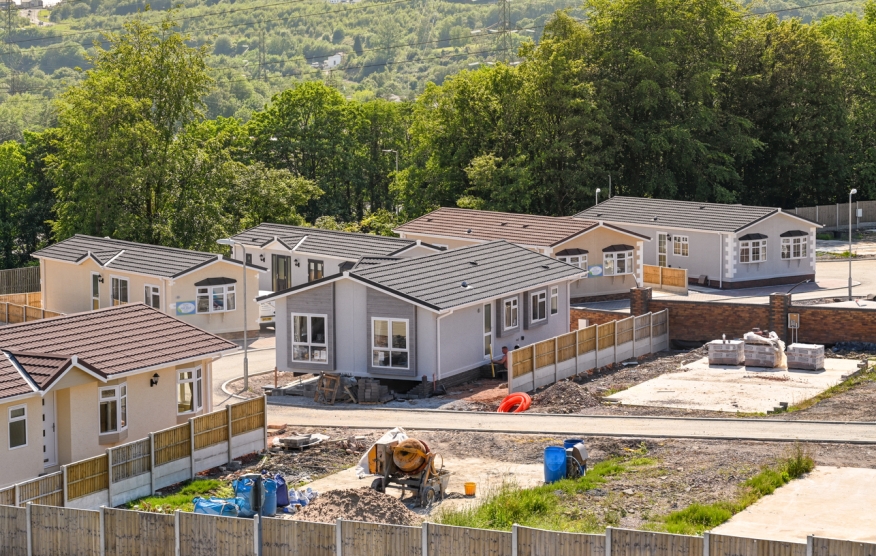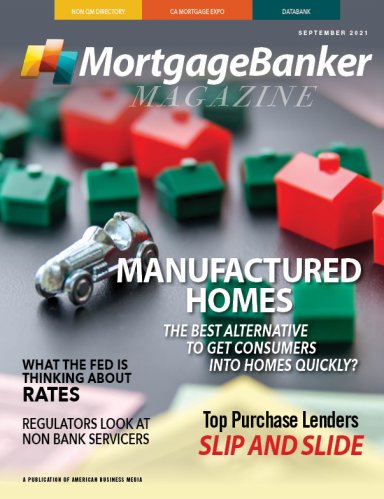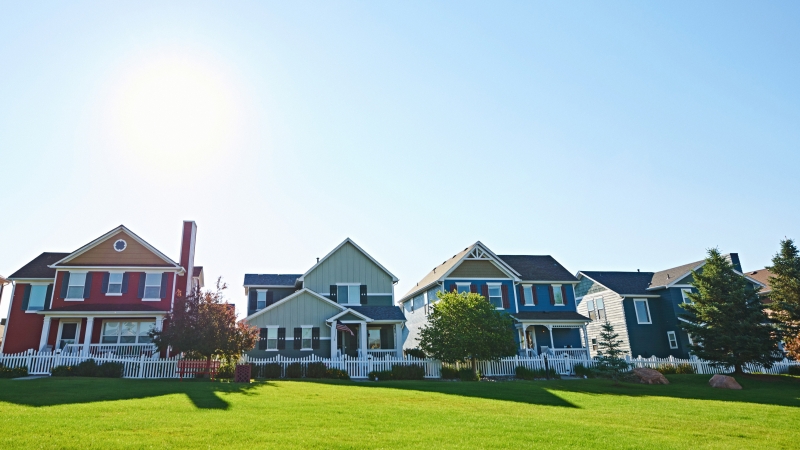Helping Homebuyers Get The Home They Want At An Affordable Price
To open a new segment of the market and help more people purchase homes like CrossMod™, Fannie Mae has developed specific design guidelines for MH Advantage®, a mortgage option that offers innovative and affordable financing on manufactured homes with features comparable to traditional site-built single-family homes.
MH Advantage allows qualifying homebuyers to finance up to 97% LTV and put as little as 3% down. It includes 30-year fixed rate financing with interest rates lower than most traditional manufactured home loans. Mortgage insurance may be canceled once the customer reaches 20% equity, resulting in more savings long-term. Appraisers of MH Advantage can use site-built sales when appropriate if MH Advantage sales are not available.
With MH Advantage, homebuyers looking to customize their home can visit a manufactured home retailer and identify design elements that meet the standards of the program and suit their needs.
What Makes A Property Eligible For MH Advantage Financing?
MH Advantage is for manufactured homes built to meet standards for construction, architectural design and energy efficiency that are more consistent with site-built homes. The homes are intended to blend into existing neighborhoods. Examples of physical characteristics include:
- Specific architectural and aesthetic features, such as distinctive roof treatments (eaves and higher pitch roofline)
- Lower profile foundation, garages or carports, porches and dormers
- Use of better construction materials, such as durable siding, interior finishes, and a masonry perimeter foundation
Homes that qualify for the program are identified by an MH Advantage sticker, which is the manufacturer’s indication that the home meets the program’s requirements that can be completed in the home-building facility. Appraisers and lenders can easily verify the sticker’s presence, eliminating the need to verify the home’s specific design traits. Certain required site improvements, such as a sidewalk or driveway, must be verified through appraisal photos. Eligible homes that have already been built in a subdivision or on a lot will have the sticker, or buyers can custom order a home that meets MH Advantage requirements to qualify for program financing.
The Wave Of The Future?
There are several home builders currently bringing CrossMod™ homes to the market that qualify for MH Advantage. Clayton, Palm Harbor Homes and Skyline Champion offer remarkably beautiful floor plans and properties (see this site for a list of all participating manufacturers). We’ve toured the home building facilities and seen this type of home firsthand and you can’t tell you’re looking at a manufactured home.
From a lending perspective, the industry is still catching up when it comes to manufactured housing. Guild Mortgage has funded loans under the MH Advantage program, and we encourage other lenders who aren’t currently offering loans for CrossMod homes to consider adding this type of financing to their offerings.
In recommending CrossMod housing, lenders can reach a wider segment of buyers, as the variety of features and layouts that come with MH Advantage give customers an opportunity to select the home that is right for their family. Lower construction costs often means lower down payments and lower monthly payments for the customer, and conventional financing opens doors to prospective buyers who may not think homeownership is viable. Straightforward underwriting and origination processes allow lenders to focus on building relationships with manufacturers and MH retailers in their area.
There are many paths to homeownership for first-time buyers. It’s up to lenders to connect, develop meaningful relationships and educate consumers, appraisers, zoning officials and other stakeholders about these options. The industry is in the very early stages of bringing CrossMod homes to the marketplace and making this type of housing an attractive alternative for first-time homebuyers. The COVID-19 pandemic set us back, but now we must work to introduce more people to this option.
With a concerted effort to change how we talk about off-site built housing and alter perceptions, we should see a steady increase in homebuyers considering CrossMod options when purchasing their next home. It can be an important step in improving the availability of more affordable housing, providing solutions to the rapid price appreciation that continues to hold the market back.







